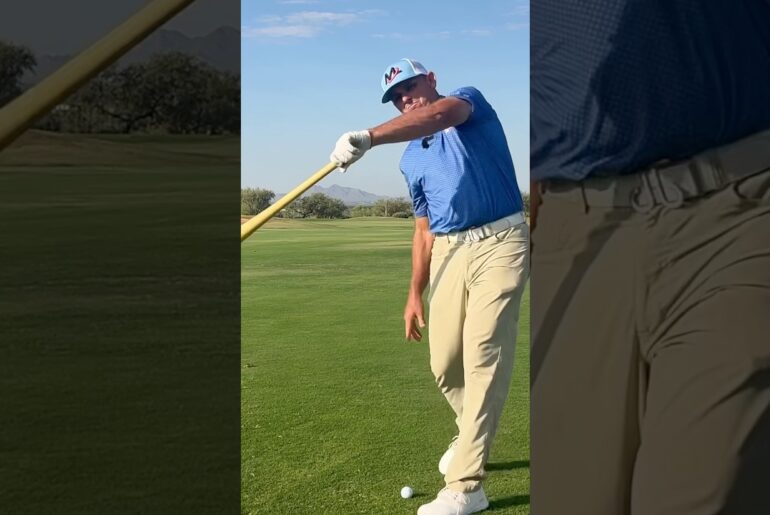The position of your knee in the squat is dependent on how well your foot and hip talk to each other. The knee is a center mediator and will change position (for better or worse) based on how stable and mobile up and downstream structures are. This is one of the primary reasons we rarely focus on cueing the position of the knee. Rather, we tend to focus on cueing and improving either hip, foot/ankle, or lower limb function.
An example of this process is working with an individual who struggles with knee collapse during the squat. Instead of telling them to push their knees out we first look at the degree of pronation (inward collapse) of the foot and ankle, if that doesn’t appear to be an issue we work upstream to the lower leg bone. If the tibia isn’t rotating during a squat pattern we hold there and improve the tibial rotation. Finally, if both lower limb structures check of we then move to the hip and determine restriction in hip internal rotation. At some point in this process, we will find a structure that isn’t doing its job properly. There are certainly other things that can cause this specific issue but, this is an example of how we start and why we don’t just focus on the knees.
Video Highlights:
– Start at the foot, ankle, and hip before worrying about the knee
– Knee function is dependant on how well the foot and hip communicate
–
Coaching:
VirtualCoaching.co
instagram.com/kabuki_virtualcoaching
–
Company:
www.kabukistrength.com
instagram.com/kabukistrengthlab
——
Scientific strength training methods combined with a clinically based movement system.
——
For information about upcoming courses, please visit www.kabukiseminar.com
——
2020 Courses:
• Virtual | July 18-19
• Vancouver BC | Aug 15-16
• Los Angeles | Sept 19-20
• New York City | Oct 17-18
• Burnsville, MN | Nov 14-15
• Portland, OR | Dec 5-6 (Coaches Cert)
——
#kabukistrengthcoaching
#kabukistrength
#kabukiedu
@kabuki_athletes






